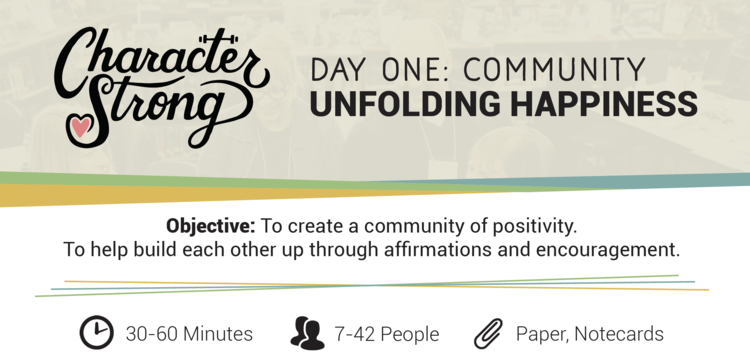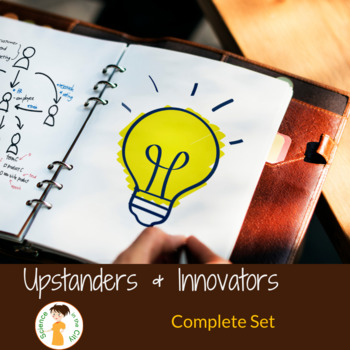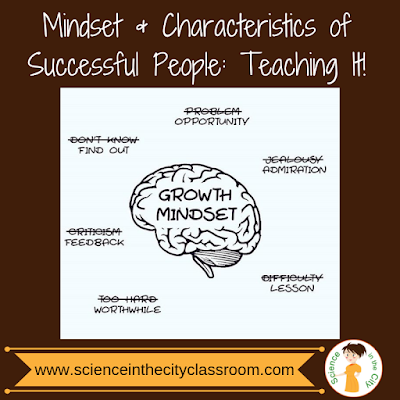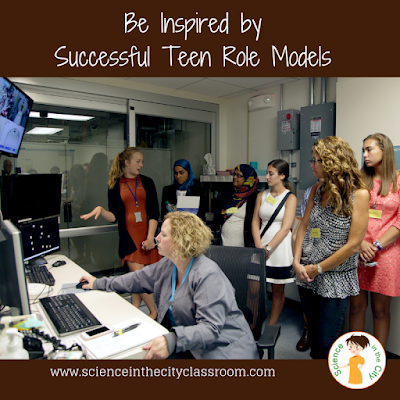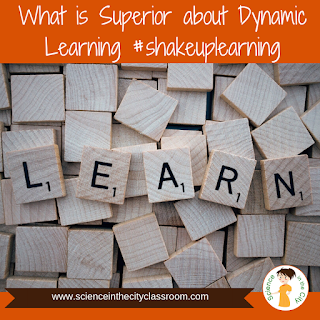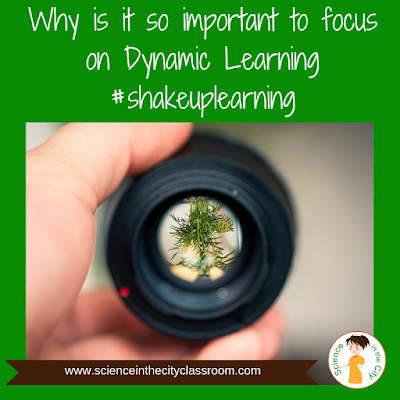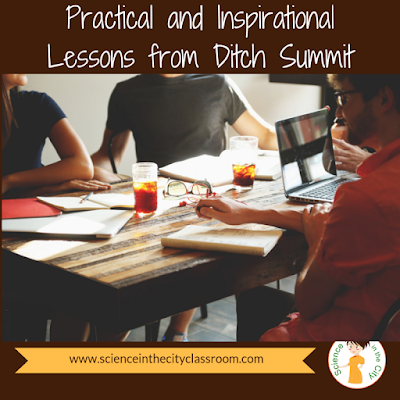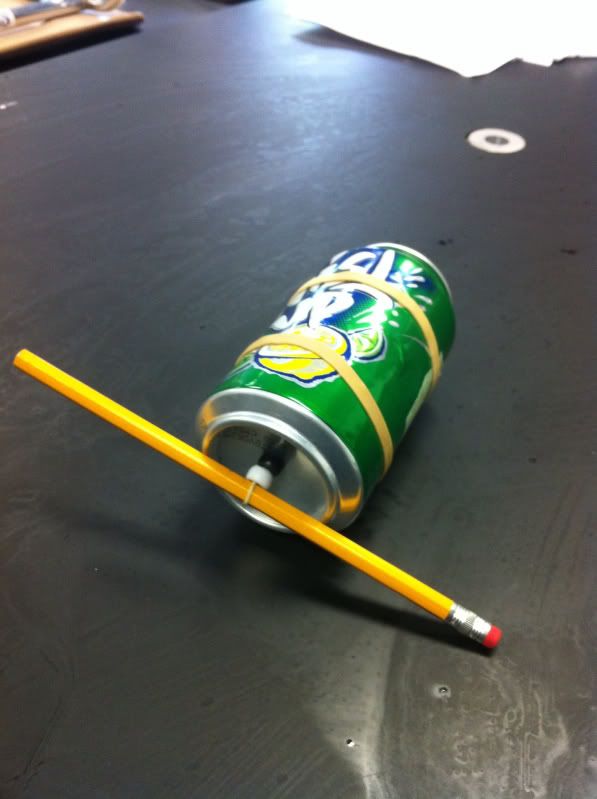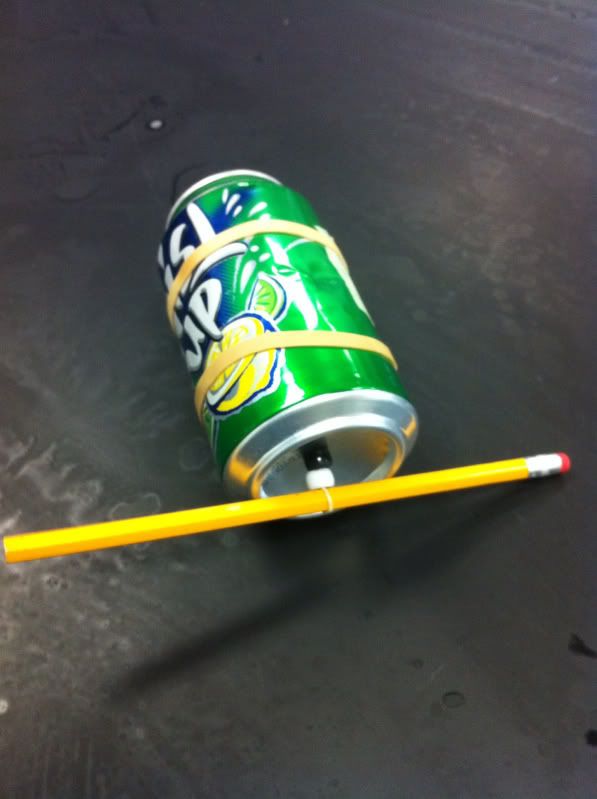Four Unusual Subjects Your Class Could Study!
Children love to learn - that’s not a secret. They are small sponges right up until adulthood jades them a little, taking in every single tidbit of information that they are given. Those of us who were privileged enough to go to school and get a formal education all had a favorite subject at one time or another. The interesting classes that piqued our interest and got our creative and intelligent juices flowing seemed to fly by at school, whereas the other classes that we were least interested in dragged on by.Education authorities across the globe are always doing research to ensure that they are offering the best possible educational opportunities for children. The system we have around the world isn’t the same as it was 20-30 years ago; it’s all changed now, with more on offer than ever before. Learning is supposed to be an interesting and pleasurable experience, and that means offering more interesting and fun subjects. Below, we’re going to talk about four subjects that are happening right now around the world that are a little different, but could spice up your educational offerings! These would be great additions for a filler kind of day, a class that is ahead, after a test, the day before a break, as an introduction, or just to get your brain thinking in a different way about your class. They could even be a jumping-off point for perhaps an elective, or a mini-unit.
Image Source: Pexels
Admiration for Nature - Taught In Japan
In Japan, there are always subjects that are a little different, but Admiration for Nature is a subject designed to teach young children to value the aesthetics of the world around them. Modern kids are so caught up in technology nowadays that they often fail to see the world around them, so this subject forces the screens down and eyes up for a moment to just see. Pupils still have to receive grades and take exams at the end of the year to show their knowledge and appreciation of the natural world.Cyber Security - Taught In Israel
With a world moving to use cloud services more and more, cybersecurity is paramount. Our world is a digital one and it’s now a vital area of knowledge as the internet permeates more and more of our daily life. Cybersecurity and data security are important, and while schools everywhere are now introducing Coding and Computing to their students, cybersecurity is a big part of the lesson. Children are being taught how to move around cyberspace and how to deal with negativity online. These lessons are important for the future of our society and it’s an interesting lesson to learn!
Surfing - Taught In Australia & Hawaii
Countries that have the privilege of having some of the most beautiful beaches around the world also recognize the importance of teaching children how to respect the ocean and ocean life. Surfing just happens to be a great Physics lesson waiting to happen. You can see some examples here and here. Australians are teaching their best sport to their youngest minds, and these lessons ensure that children are burning some energy while also indulging in some much-needed fun!Beekeeping - Taught In Bashkiria
There are more than 100 schools in Bashkiria that are running their own apiaries. The bees are integral to our world continuing, and kids are learning to tend beehives, respect the work that bees do and harvest honey!What creative and unique topics have you taught in your classroom? How do your students react? Feel free to comment or jump in the Facebook Group.
Students are so used to being taught curriculum out of a book or taught to a test, that its a great chance to have them spend some time on something different, and then even better if we can connect it back to science or STEM.









